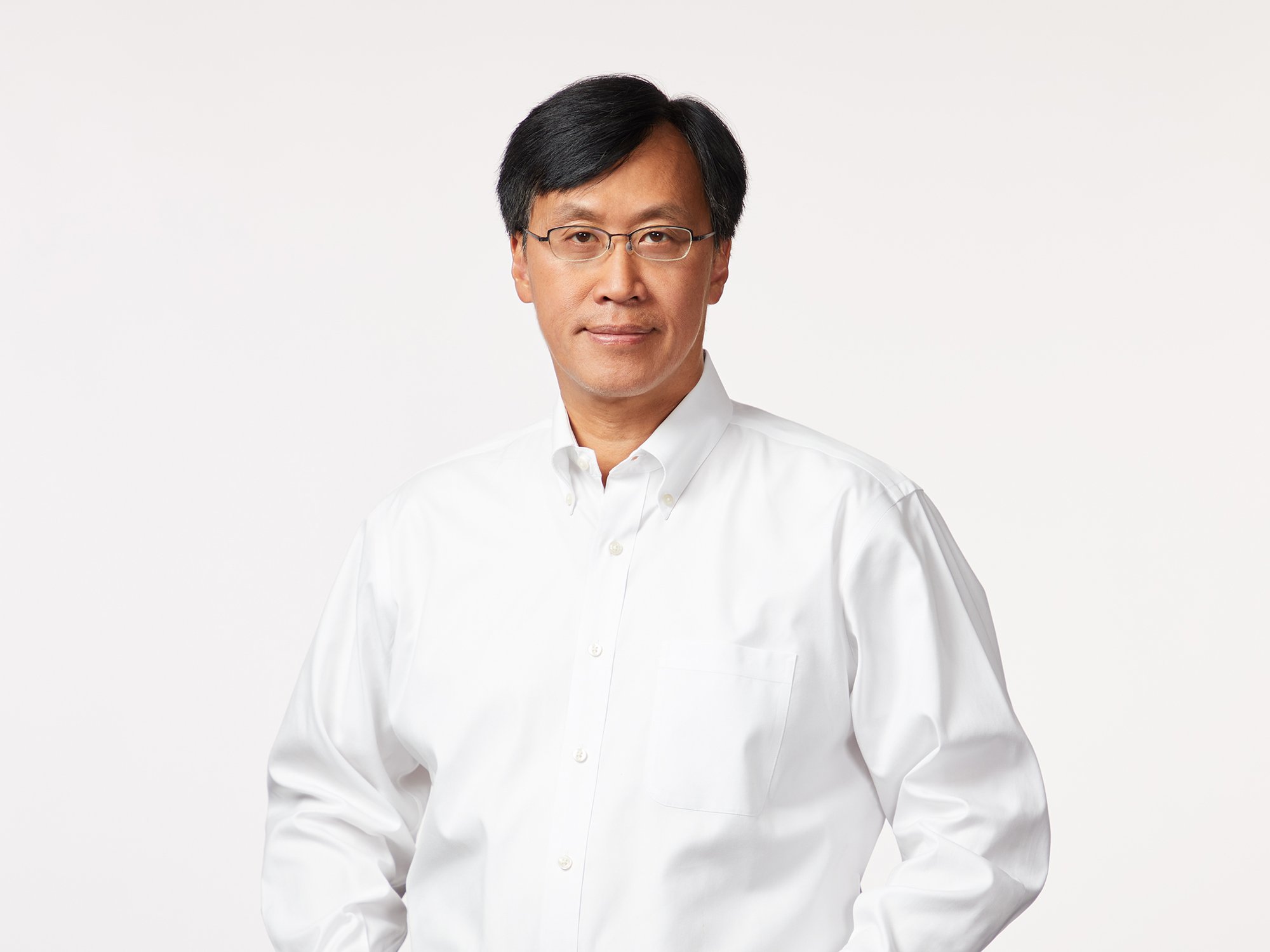Entropy, Insight and Our Time to Shine
Our society has entered a time where the roles of architects and engineers are converging; both form and function are of consequence. When viewed through the all seeing eye of LCA, it becomes clear that it's time for all involved in the functional side of the design to rethink what matters, retool design processes, and reimagine appropriate design. The roles of the architect and the engineer are due to both expand and deepen. In this episode Luke Leung of SOM shows us all what it’s like to approach one’s role in society from an expanded and deepened perspective.
Luke is an”engineeers engineer” who is also gifted speaker that thinks deeply and expansively about his both his work and his role. If you haven’t heard him speak recently you’re in for a treat today. Chances are good that you’ll leave this episode thinking “if only more engineers could channel their inner Yoda or MLK like that”. Starting with a century old quote about the importance of teaching and understanding Entropy, Luke and Kristof unpack LCA concepts in a way that shows their true potential and breadth.
This podcast uncovers questions that can expand our understanding and inspire action. Some examples include:
What if the concept of entropy was actually central to understanding the life cycle impacts of buildings?
What if the best thing “to do” to help move society forward in regards to the way we deliver buildings to ourselves was “to understand” the decisions we make more fully?
What if humanity’s interaction with the geobiosphere involves far more than just carbon emissions?
What if our homes and buildings directly supported human thriving; both for the outer environment and for our inner lived experience?
"A Letter to American Teachers of History" by Henry Adams of Harvard in 1910
He thinks American teachers should teach "entropy" because, and I quote:
"Within a finite period of time past, the earth must have been, and within a finite period of time to come, the earth must again be, unfit for the habitation of man as at present constituted, unless operations have been, or are to be performed, which are impossible under the laws to which the knows operations going on at present in the material world, are subject."
Stated another way: “Unless the laws of physics change, we need to rethink how we deliver habitation to ourselves.”
For the Earth's climate system, entropy can be related to the overall complexity and dynamism of the planet’s atmospheric conditions. A planet with low entropy in its climate system would tend toward stable ranges and predictable patterns for temperatures, precipiation and other atmospheric phenomena.
Luke Leung
Luke is a LEED (Leadership in Energy and Environmental Design) Fellow; He is also a Centennial Fellow from The Pennsylvania State University Architectural Engineering Department; Board of Directors for USGBC (United State Green Building Council), Illinois; Chairman of the ASHRAE (American Society of Heating, Refrigeration and Air Conditioning) Committee on “Tall Buildings”; Chairman of the Building Pressure Committee, Chicago Committee on High Rise Buildings; Sustainable Committee with Council on Tall Buildings and Urban Habitat; Part Time Professor at IIT; Member of the Chicago Sister Cities Program with China; MBA from University of Chicago, MS and BAE from Architectural Engineering at Penn State University.
Luke Leung is the Director of the Sustainability Engineering Studio for Skidmore, Owings and Merrill LLP. He is the incoming Chair of ASHRAE Environmental Health Committee; Team leader for ASHRAE Epidemic Task Force, Commercial Buildings; Group Leader for LCA and Embodied Carbon, ASHRAE Decarbonization Task Force; National Renewable Energy Laboratory IN2 Incubator Industry Advisor; BOMA Toronto, Health Committee Co-Chair. His work includes Burj Khalifa, the world’s current tallest man-made structure; Multiple times “Excellence in Engineering” award from the American Society of Heating, Refrigeration and Air Conditioning Engineers (ASHRAE); Selected projects also include Pertamina Tower (Net Zero Supertall), General Motors Global Headquarters, XiongAn Net Zero Development, Beijing Finance Street, Embassy of Ottawa in Canada, Embassy in Beijing, Lakeside – 55 million sqft low energy development, a LEED Platinum building with the first large scale horizontal wind turbine in the city of Chicago; etc., and has served as a member of the editorial team for the CTBUH guide Natural Ventilation in High-Rise Office Buildings, ASHRAE “Design Guide for Tall, Supertall, Megatall Building Systems”, among other publications.
EN15978 is a European standard related to the environmental impact assessment of buildings. It provides a method for assessing the life cycle environmental performance of buildings, considering various factors from raw material extraction to construction, use, and eventual demolition.


